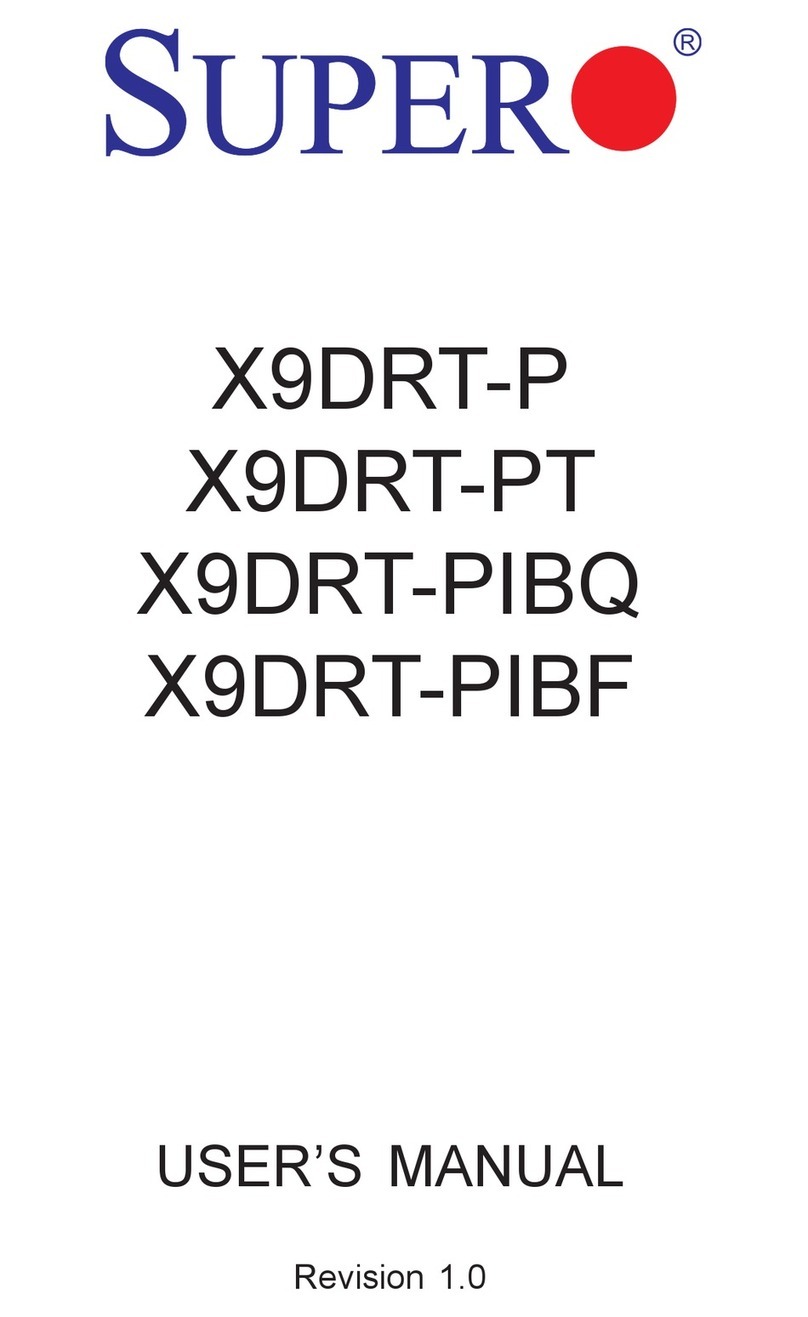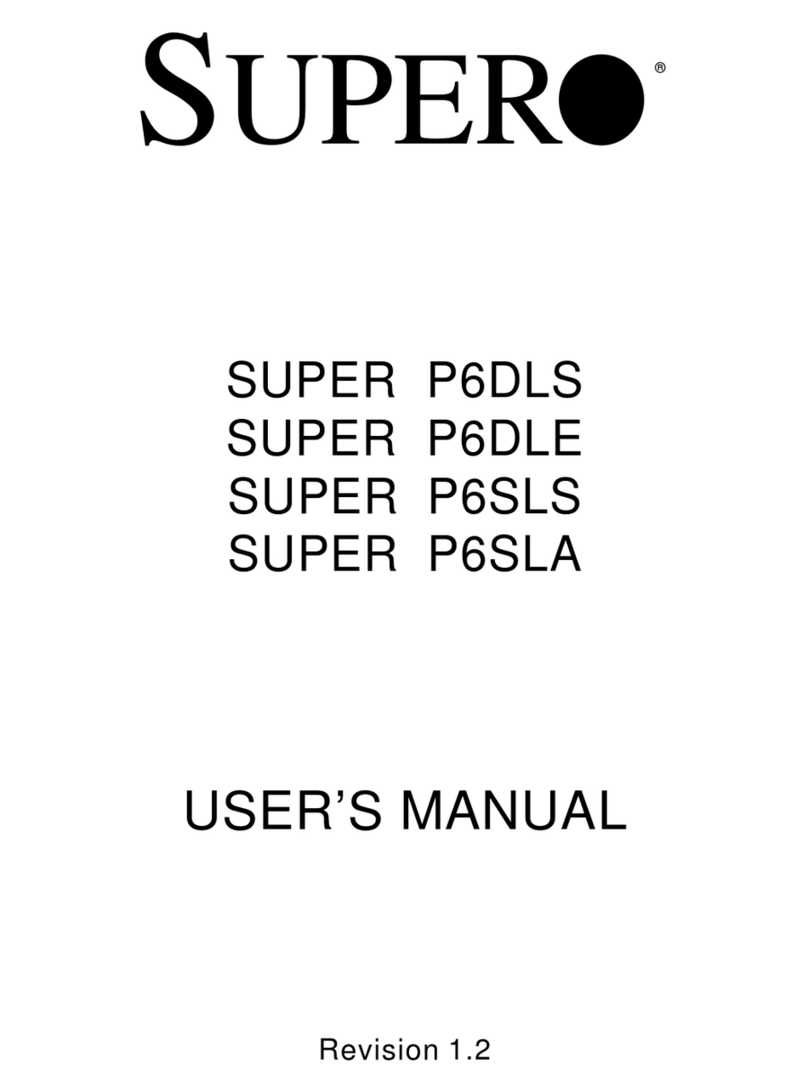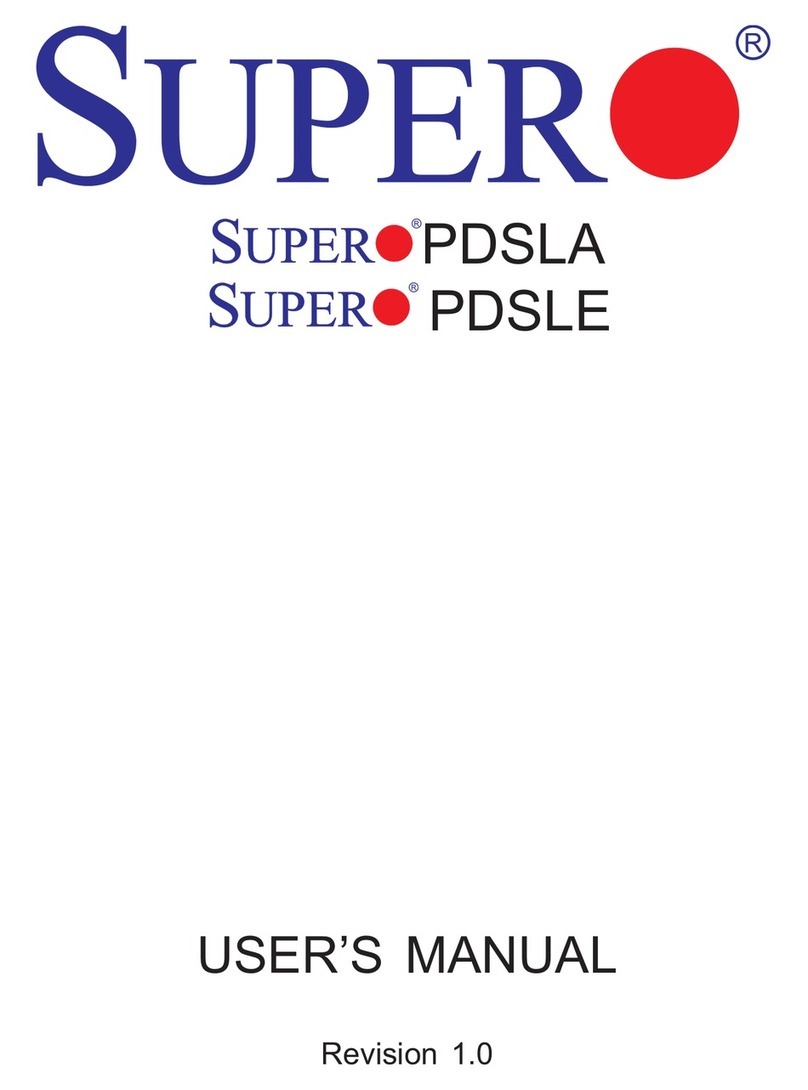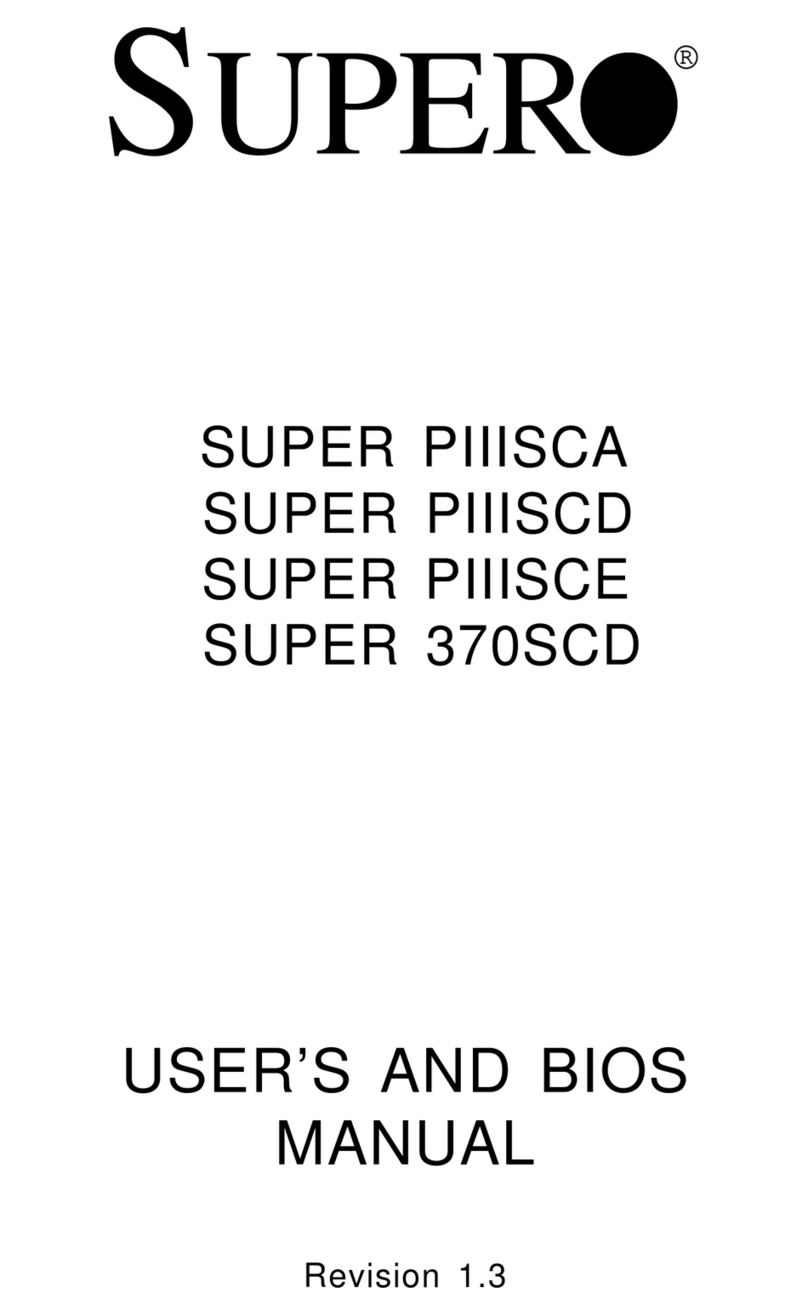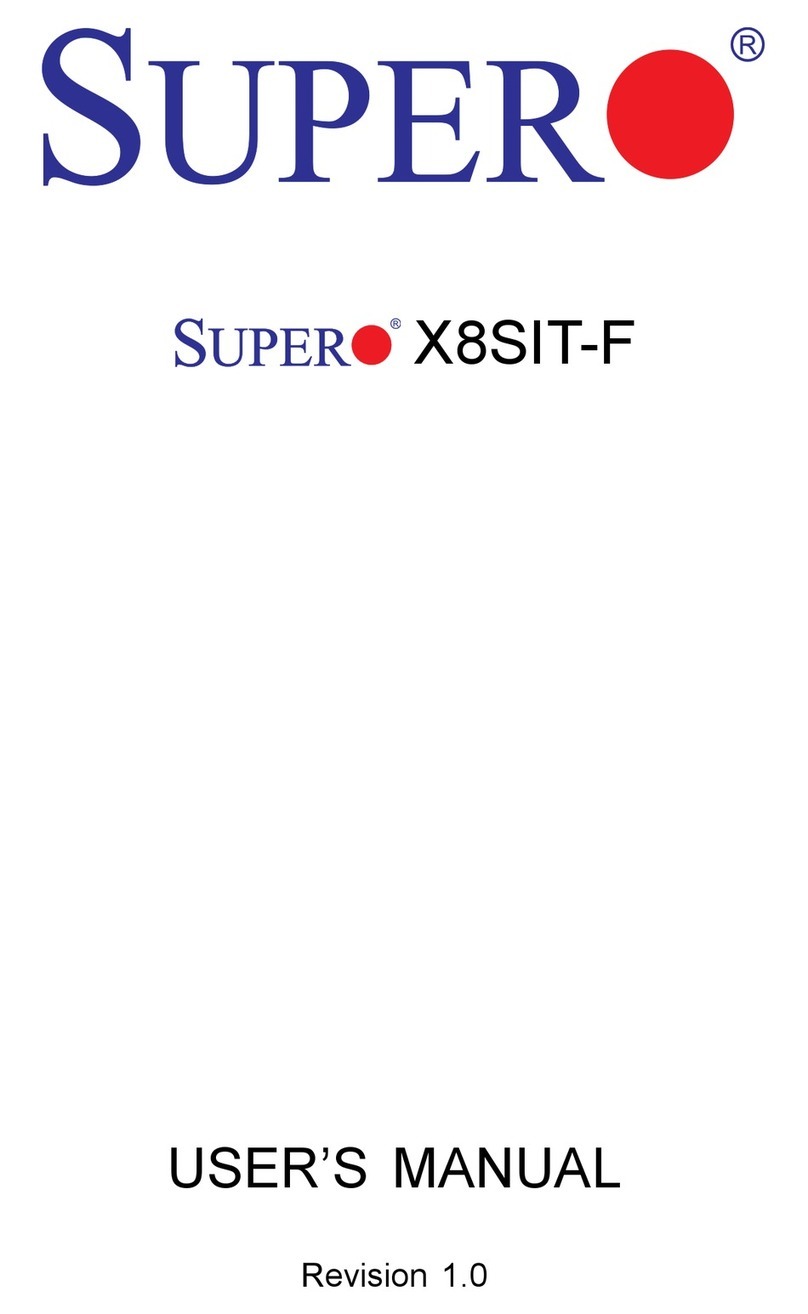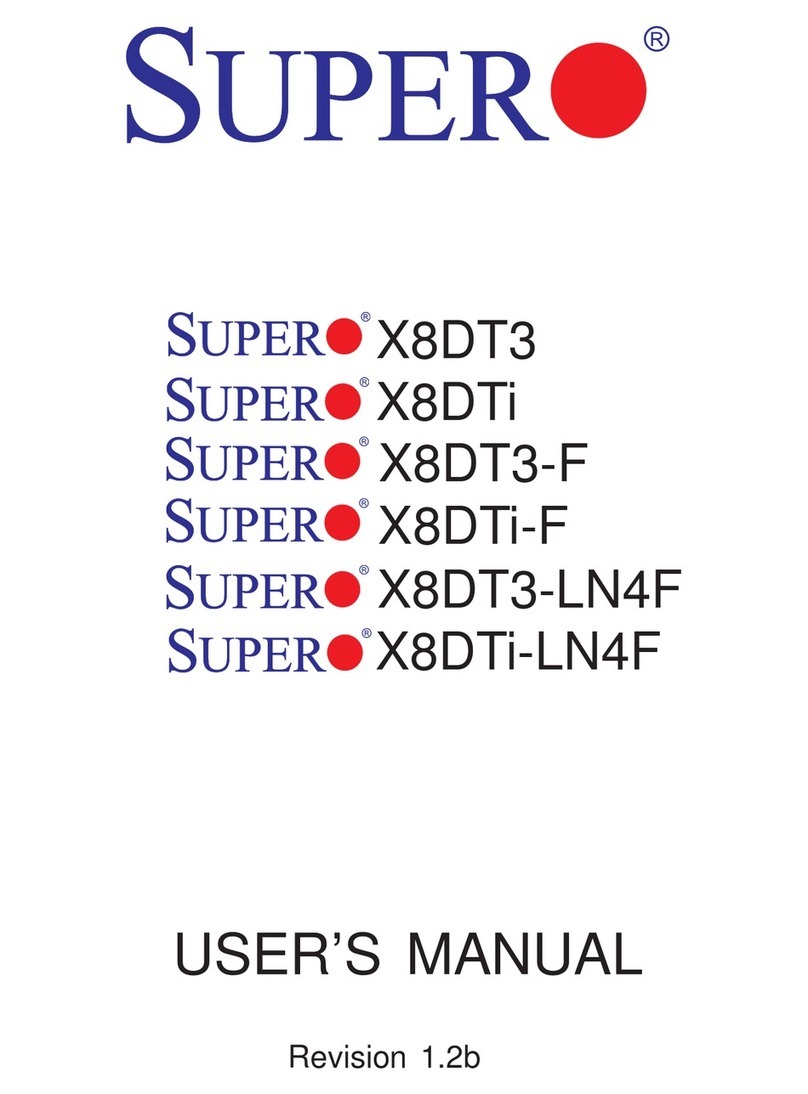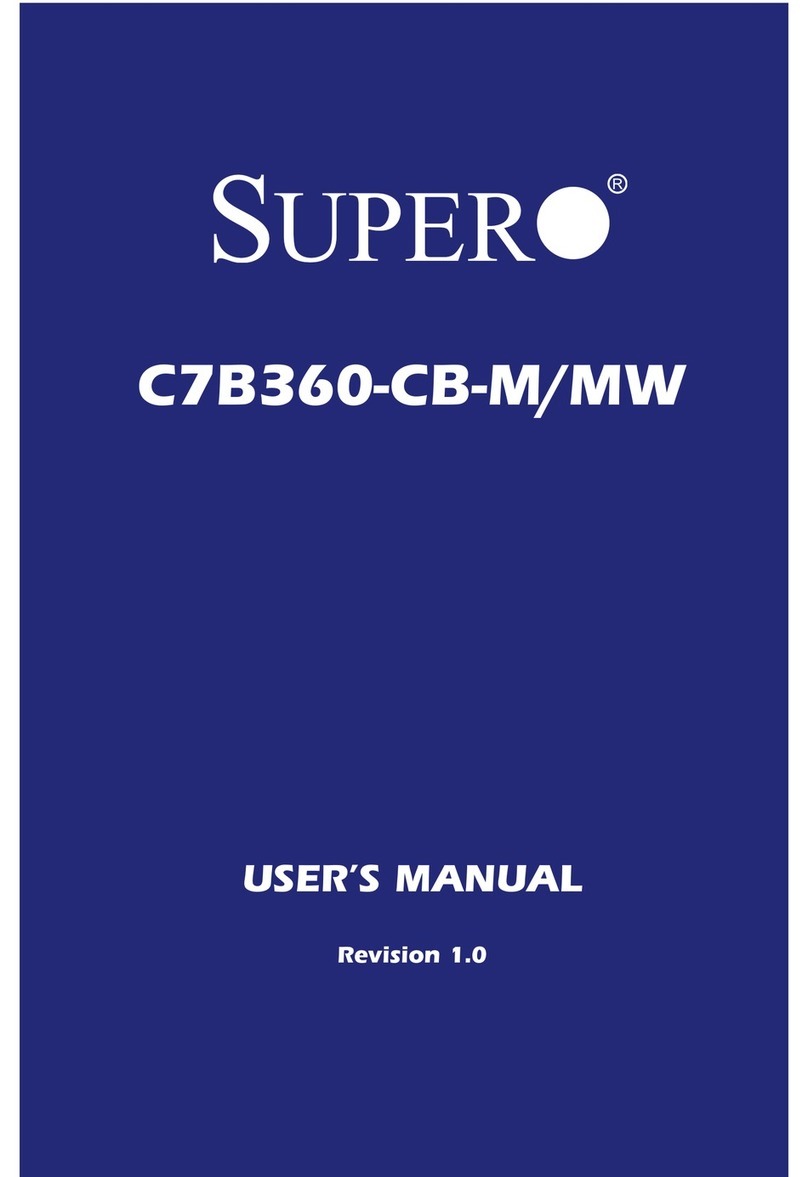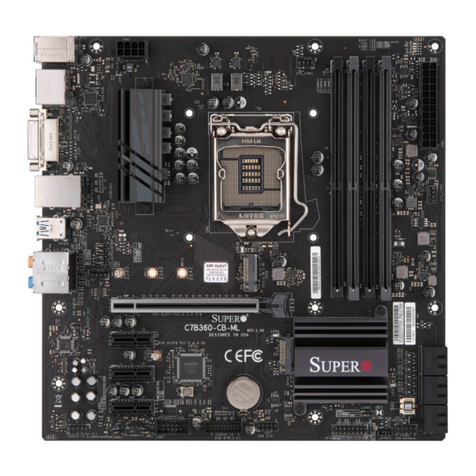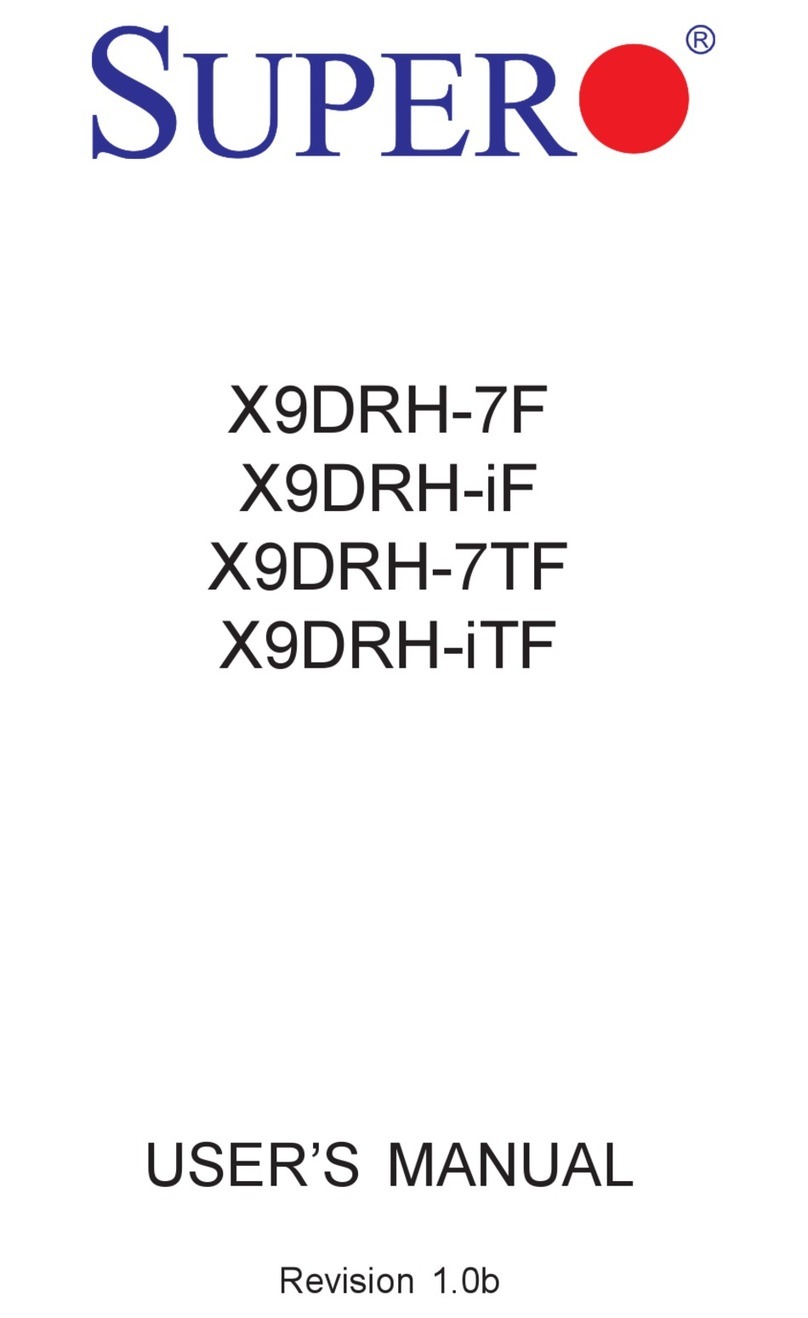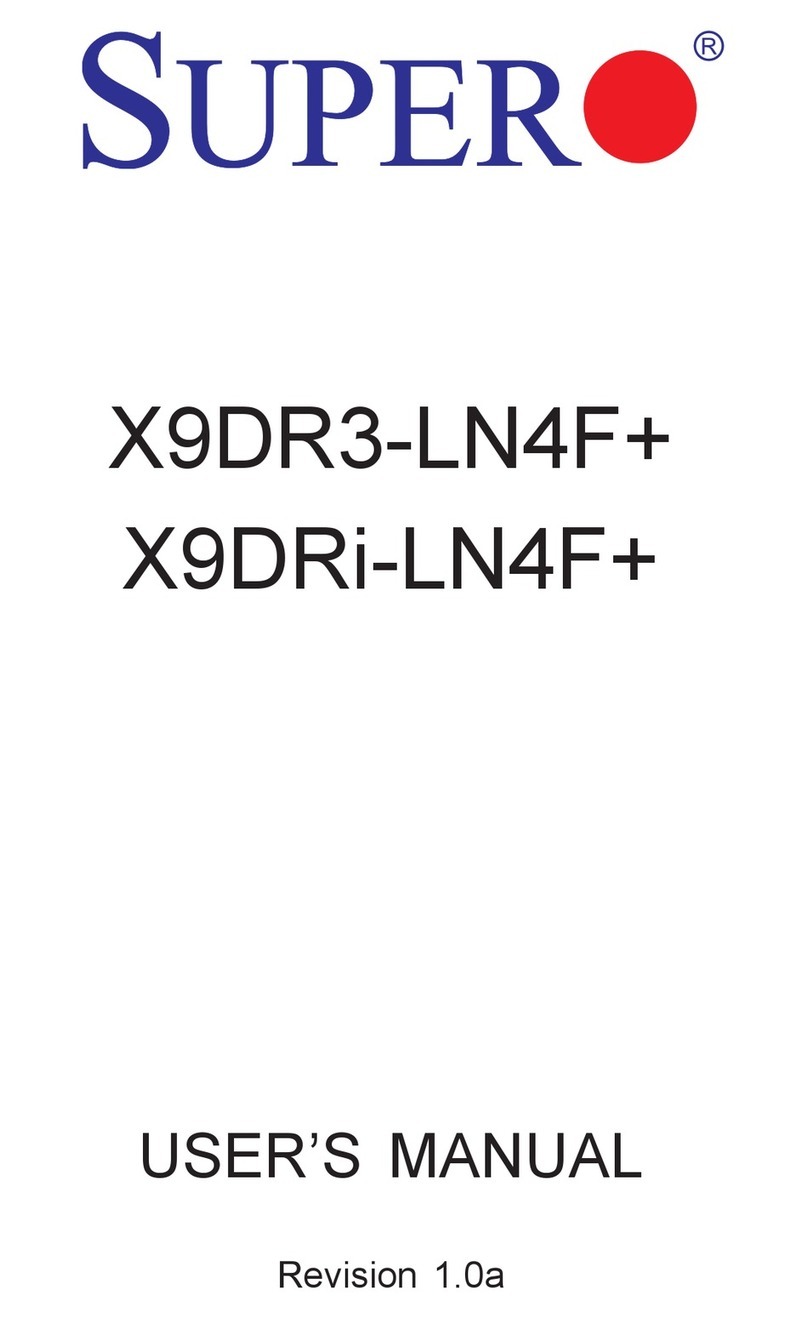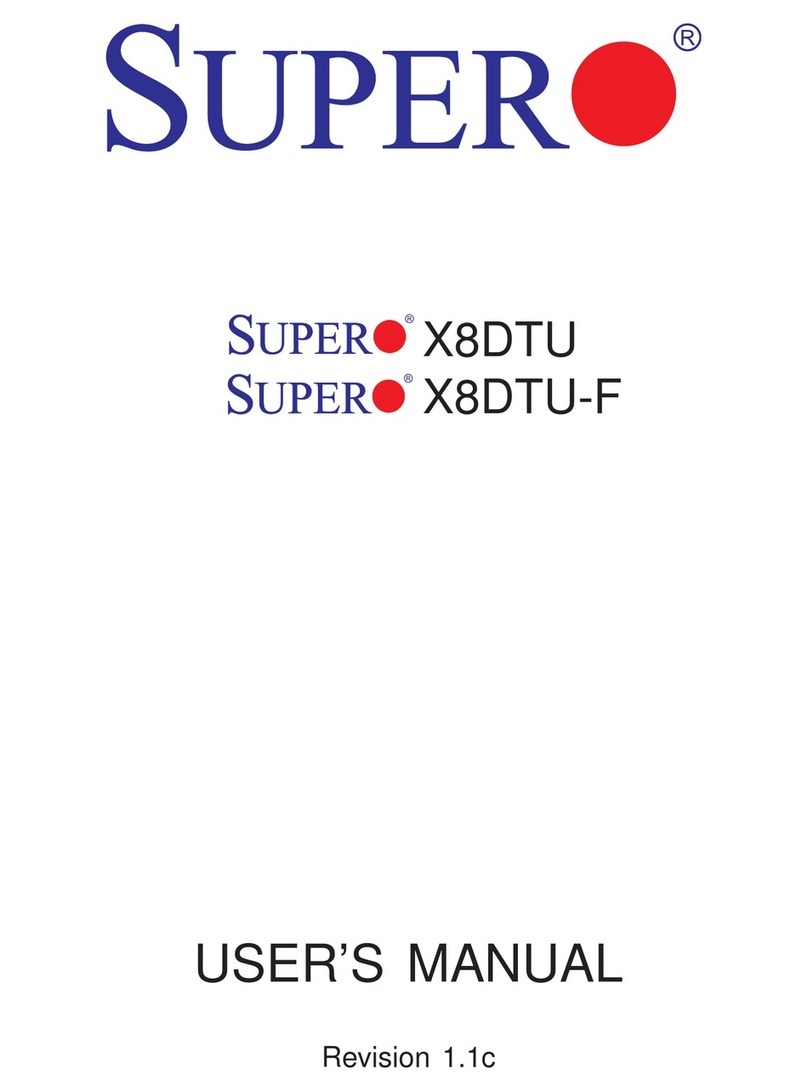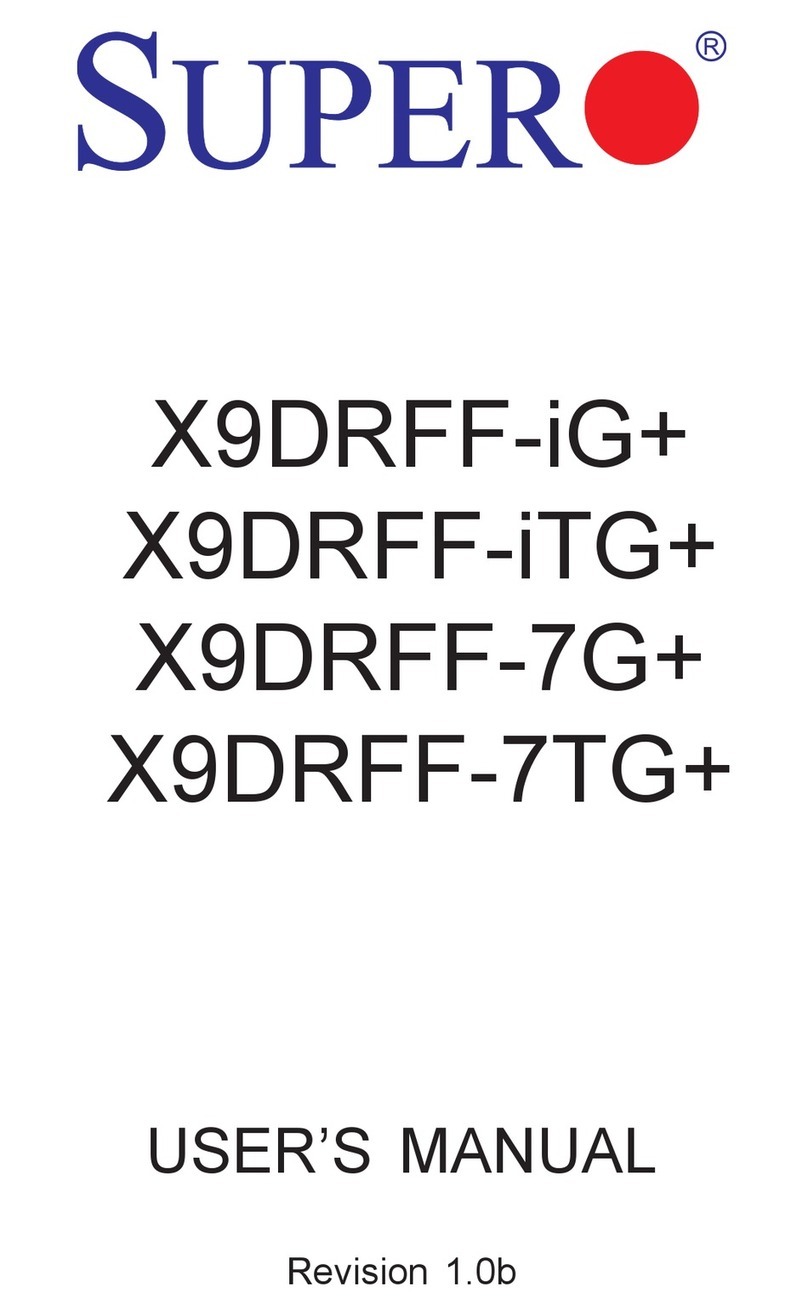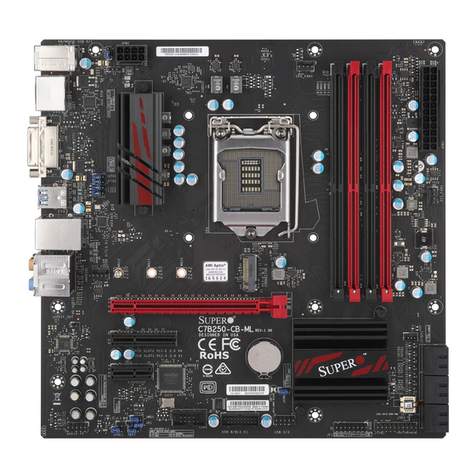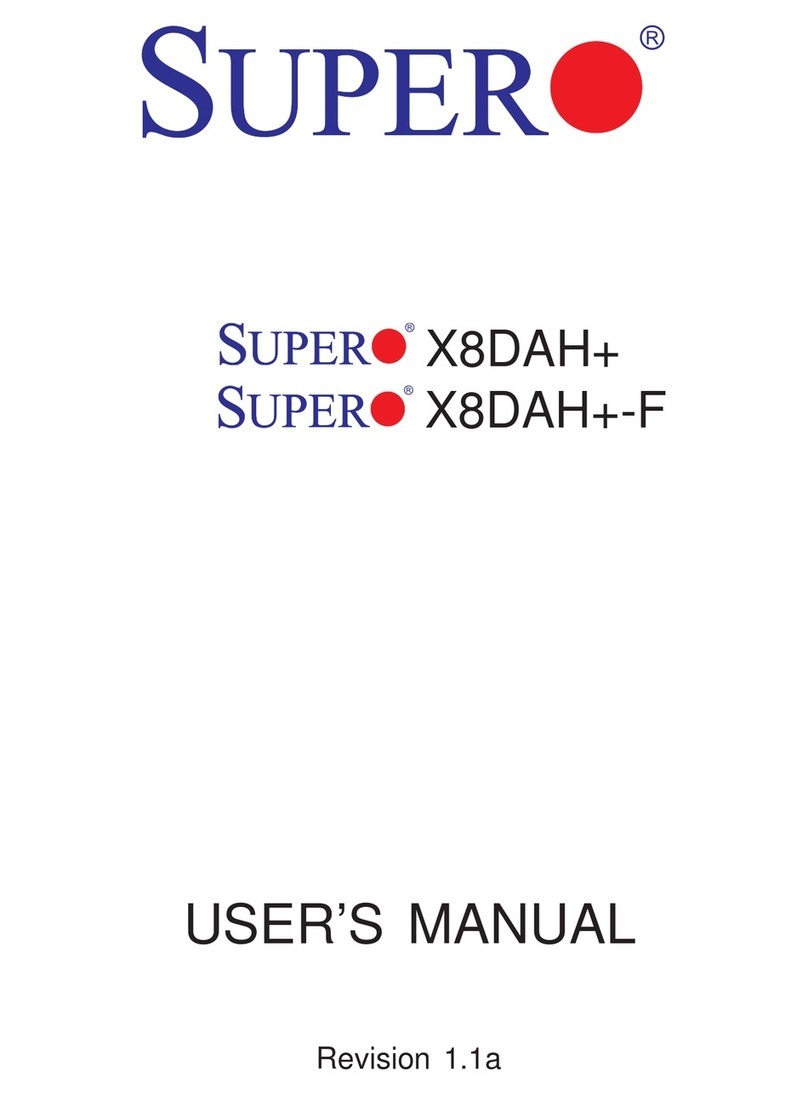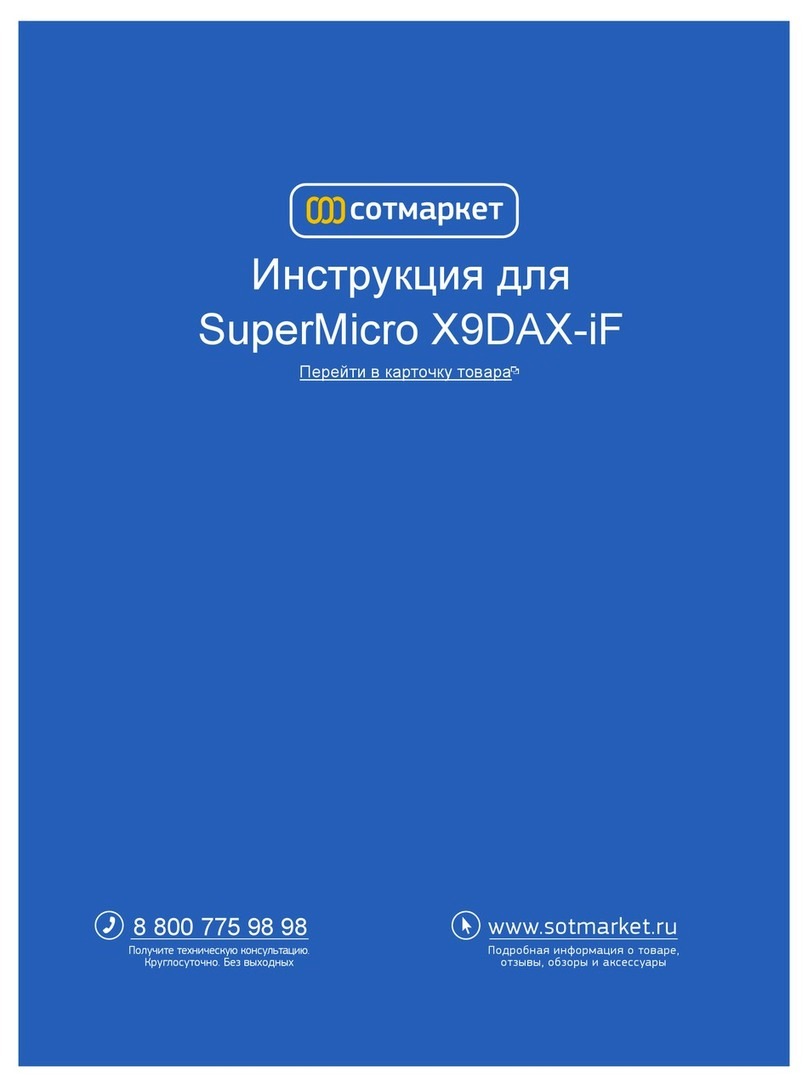Table of Contents
v
NIC_LED ................................................................................................... 2-11
I2C.............................................................................................................. 2-12
Chassis Intrusion ................................................................................... 2-12
Keyboard Lock ....................................................................................... 2-12
Overheat LED ......................................................................................... 2-12
Speaker ................................................................................................... 2-12
Fan Headers........................................................................................... 2-13
Serial Ports ............................................................................................. 2-13
ATX PS/2 Keyboard and Mouse Ports................................................ 2-13
Universal Serial Bus (USB) Connector.............................................. 2-13
IPMB ......................................................................................................... 2-13
SMB ........................................................................................................... 2-14
Wake-On-LAN ......................................................................................... 2-14
Wake-On-Ring ......................................................................................... 2-14
Power Supply Fail Header ................................................................... 2-14
Front Panel NMI Header........................................................................ 2-15
2-6 DIP Switch Settings ..................................................................................... 2-15
DIP Switch 1: Processor Speed ......................................................... 2-15
2-7 Jumper Settings ............................................................................................ 2-16
CMOS Clear............................................................................................. 2-16
SCSI Termination Enable/Disable.......................................................... 2-16
LAN Enable/Disable ................................................................................ 2-17
Spread Spectrum Enable/Disable ......................................................... 2-17
Third Power Supply Fail Alarm Enable/Disable.................................. 2-17
LVD Channel A SCSI Termination Enable/Disable............................. 2-18
LVD Channel B SCSI Termination Enable/Disable ............................. 2-18
Overheat Fan Force On ........................................................................ 2-18
VGA Enable/Disable ............................................................................... 2-18
2-8 Debug LEDs................................................................................................... 2-19
2-9 Parallel Port, Floppy/Hard Disk Drive and SCSI Connections ............... 2-20
Parallel Port Connector ......................................................................... 2-20
Floppy Connector................................................................................... 2-21
IDE Connectors ...................................................................................... 2-21
Ultra320/160 SCSI Connectors............................................................. 2-22
2-10 Installing Software Drivers......................................................................... 2-23
